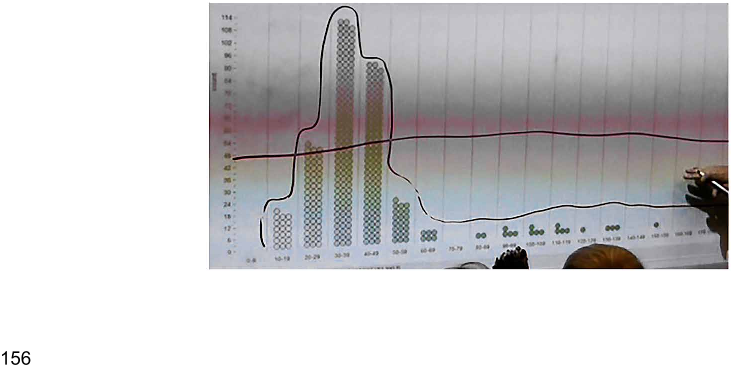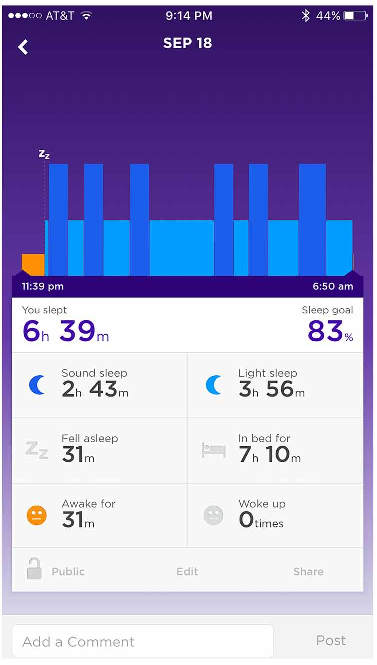




Did you find this useful? Give us your feedback










32 citations
...in the data based on their own experience” [23, 24, 41, 47, 63, 64]....
[...]
11 citations
...This has also been called personal analytics (Lee, 2018) or personal informatics (Li, Dey, & Forlizzi, 2010)....
[...]
11 citations
5 citations
4 citations
73 citations
66 citations
56 citations
..., Kopp, 1988; Lee & Drake, 2013; Wallace, 1977, Wheeler & Reis, 1991), the widespread availability of consumer-level mobile and wearable devices and automated data collection systems (such as clickstream recording) has reduced some of the initial barriers associated with analyzing data about one’s self (Lee, 2013) and popularized this approach....
[...]
...…Wheeler & Reis, 1991), the widespread availability of consumer-level mobile and wearable devices and automated data collection systems (such as clickstream recording) has reduced some of the initial barriers associated with analyzing data about one’s self (Lee, 2013) and popularized this approach....
[...]
55 citations
...While data collection and inquiry about one’s own self has been practiced for several years in a range of communities (e.g., Kopp, 1988; Lee & Drake, 2013; Wallace, 1977, Wheeler & Reis, 1991), the widespread availability of consumer-level mobile and wearable devices and automated data collection…...
[...]
54 citations
...However, in both the cases presented here, and elsewhere in the gradually accumulating literature (Lee, 2015), there is evidence of learning and growth by building upon experiences that youth can have when they examine data they have obtained about themselves....
[...]
In looking toward the future, learning activities for individual novices and youth doing personal analytics work should incorporate supports to help students notice patterns and understand more about the phenomenon that they are quantifying through their projects. Still, they were able to use those records in productive ways, suggesting that while personal analytics is gaining in prominence because of increased availability of individual tracking devices, those are not absolutely essential for this sort of instructional approach to work. Thus, the prospects for personal analytics learning explorations to become an option for those who want to support personalized learning are promising.
The most commonly used data visualization software in their studies was TinkerPlots, a novice-friendly data visualization tool developed to enable elementary students and above to use drag and drop interactions to produce dynamic data visualizations (Konold & Miller, 2005).
While each student had a wearable device that would track their steps and the students examined data from those throughout the larger unit, the specific activity discussed here involved analytics on manually collected data.
There are questions that remain for us as a field to examine, such as what conditions promote an initial desire from students to look at their own data, how to support learning with different software tools, and what kinds of social configurations around a personal analytics learning activity enables broader participation and deep inspection of data.
It took another girl’s comment that even though those exceptions existed, there did appear to be some upward152Personal Analytics Explorations to Support Youth Learningtrend with the “Dragging” bin having much lower values for minutes of sleep and the “Pumped Up” bin having the second highest number minutes of sleep.